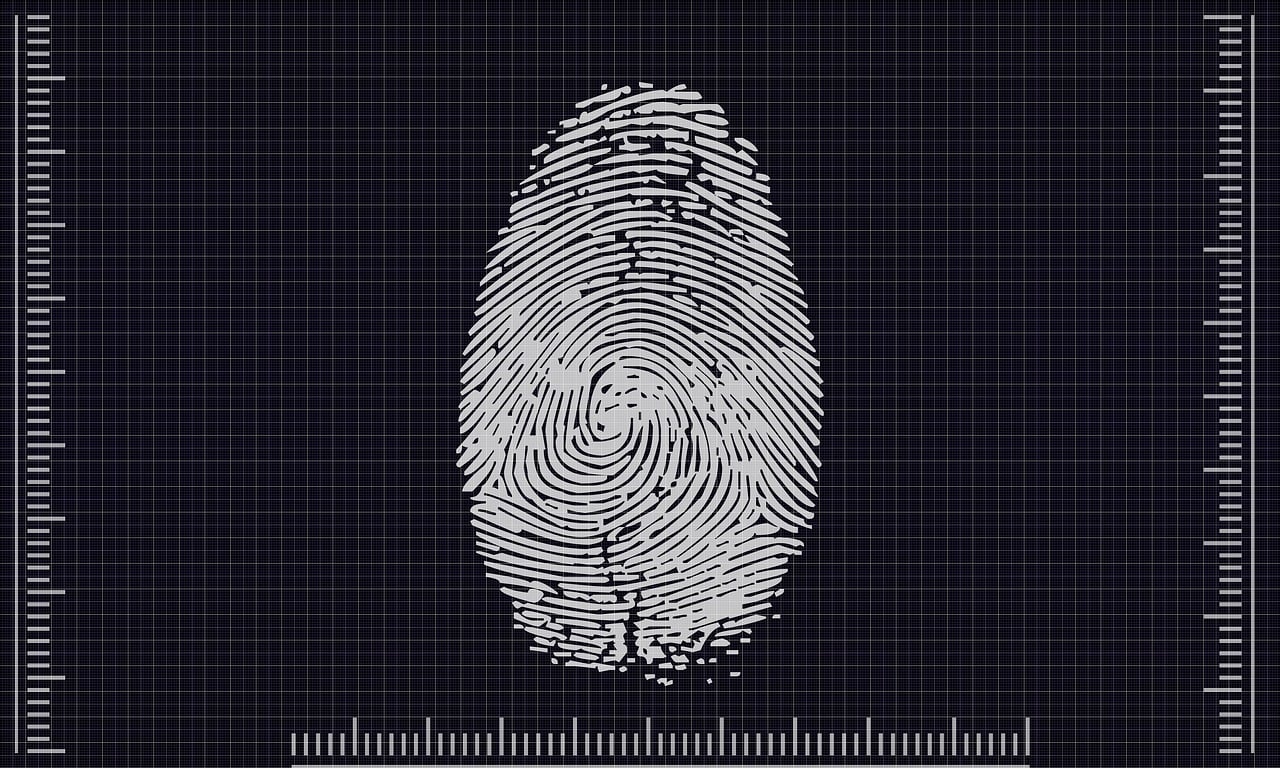This article discusses the general implications of biometrics in today’s secure, security-conscious context of convenience and efficiency. Biometrics are present in our daily lives, from using smartphones without taking our devices out of our pockets to opening bank accounts by scanning fingerprints. The article focuses on biometrics’ definition, functioning, advantages and disadvantages, and possible future developments.
Understanding Biometrics
Biometrics refers to the process of identifying and analyzing the dimensions of individuals’ physical and neuropsychological attributes through the use of various measuring instruments. It covers various identification techniques, including fingerprinting, face recognition, iris scan, and voice recognition. Such methods ensure secure and accurate identification since the data is checked against a person’s biological characteristics.
In contrast to the usual methods for identifying and authenticating users, like passwords and personal identification numbers, which users can forget, lose, or misplace or that may fall into the wrong hands, biometric identifiers are always associated with the relevant user in some intrinsic way. They are, hence, appealing solutions when it comes to security and the overall experience of users.
Biometric technologies are tools, techniques, or systems that identify people using their bodily characteristics.
However, the use of biometrics has been relatively standardized in recent years due to the increased capability of computers, artificial intelligence, and sensors. These innovations have put biometric systems in a position where they have increased their efficiency of identification and speed and have been made cheaper to implement in various disciplines.
A Case of its Application in Consumer Electronics
Indeed, one of the most visibly deployed applications of biometrics is still in the consumer electronics segment, especially in smartphones and tablets. Mobile phones such as Apple’s iPhone and Samsung’s Galaxy have recently used fingerprint and facial identification to unlock gadgets and verify purchases. This integration not only provides a high level of security but also increases convenience and removes the barriers of passwords.
The following paper identifies and discusses biometric systems in the context of public safety and security.
Biometrics is a vital tool for increasing public safety and security. Today’s police force employs algorithms for finger and facial scans to track offenders, check any suspect, or confirm the subject’s identification within minutes. Airports and border control agencies utilize biometric systems to ease passengers through checkpoints and security checks. For instance, using biometric e-passports and automated border control gates has significantly reduced waiting times and improved security at international borders.
Healthcare and Biometrics
Healthcare is one of the most significant beneficiaries of biometrics, affecting its application in patient identification and retrieval of medical records. Biometric identifiers in the healthcare sector enable the right treatment to be administered to the patient, reducing cases of wrong prescriptions being administered to a patient. Also, biometrics can be virtually used at checkpoints to reduce the time a patient has to spend before getting into the building, enhancing the patient’s experience.
Aspects of biometric authentication.
Biometric authentication involves several key steps: enrollment, storage, and matching.
Enrollment: In this first stage, the biometric system scans the user’s biometric data and generates a reference template. For instance, a fingerprint scanner records the fingerprint image while a facial identification system takes a photo of the face.
Storage: Such information is stored as a biometric template, saved on the server, or in the client’s range. High security is maintained over the computer’s hard disk to avoid unauthorized access to the stored information.
Matching: This is the step between when the user tries to authenticate and when the system takes a new biometric sample and compares it with the template. If the samples provided by the user and the ones stored in the database are a perfect fit, then the user is allowed full access.
Advantages of Biometric Systems
Biometric systems have multiple benefits when compared with the commonly used forms of authentication.
Enhanced Security
On the other hand, biometric identifiers are characteristics associated with a given person, and they cannot be easily imitated or counterfeited. This makes them more secure than the passwords or the PIN’s since they can always be guessed or stolen. This is because, through biometrics instance biometrics, unauthorized access and identity theft are unlikely to occur.
Improved User Experience
Thus, biometrics are user-friendly as they do not require the user to memorize long passwords or enter passcodes. Users can quickly and easily log on to sites without having to memorize difficult passwords. This is especially the case in high-security contexts, which are typically more complex and involve the use of very extensive and conventional forms of authentication.
Reduced Fraud
Biometric systems help organizations greatly reduce fraud since employees cannot fake the biometric systems. For instance, biometric authentication can be highly useful in financial services to curb incidences of fraud and identity theft. When it comes to applying biometrics in healthcare, they can prevent medical identity theft and confirm the right treatment for a patient.
Challenges and Concerns
Conversely, despite being surrounded by many opportunities, biometric technology has the following real challenges and concerns: other Challenges and Concerns of Biometric Technology.
Privacy and Security Concerns
Biometric information brings concern because of its storage and acquisition for identification purposes. Biometric data is, however, permanent and does not have the property of being changed if it falls into the wrong hands, unlike passwords. Thus, one has to ensure appropriate security measures to safeguard biometric data from breaches and misuse by unauthorized parties. Also, there are fears about surveillance & abuses of biometric systems by governments & associations to persecute dissidents & suppress freedom of speech.
Accuracy and Reliability
Modern biometric systems have evolved to be highly precise, but they are not reliable. Some of the influential parameters of biometric systems are differences in appearance, lighting, and quality of the detector. Sometimes, what was identified was not a problem, and what was not identified was a problem, creating security problems and user anger.
Ethical and Legal Issues
When biometrics is employed, concerns arise regarding consent and ownership of the data in light of the legal framework. Users should know how their biometric data will be utilized and have the right to manage and receive it. Legislation is necessary to regulate the use of such systems, for the rights of the people involved will have to be protected.
The Future of Biometrics
There is much potential for expanding this technology because it will improve and become prevalent in more situations than currently used.
Multi-Modal Biometrics
Single and multiple biometric modalities are being used to emphasize a combination of biometric identities, such as fingerprints and face recognition. Such systems are more accurate and secure since they involve many checks and affirmations. For instance, a smartphone might have both fingerprint and face ID to unlock it, hence minimizing the chances of someone other than the owner using the phone.
Integration with Artificial Intelligence
There are quite optimistic forecasts that the combination of biometrics with artificial intelligence is the future. AI algorithms can help make biometric systems more accurate and faster, which, in turn, makes them more efficient.
Conclusion
Biometrics is quickly becoming a standard method of unique and convenient identification in today’s high-tech world. Biometric technology is enormous, beginning with the simple usage of consumer electronics and extending to advanced sectors such as public safety, health care, and many more. That is why the spheres of biometrics’ application are vast, and this technology’s potential advantages are enormous. However, some obvious disadvantages and risks will be discussed, including privacy and security issues, ethical dilemmas, and the like.
With biometric systems’ applications likely to become more widespread, it is important to introduce measures that optimize the positive effects of biometrics applications and minimize the number of negative outcomes. Thus, we can use this revolutionary technology to enhance security and make life easier for people.
For more, visit Mecella.



No responses yet